디지털 팩토리에서 상호 운용성의 역할
Yes, the world is becoming more digital day after day, but the digitization level is not homogenous in every industry. The sheet metal industry is clearly a later adopter. But even these kind of sectors, have companies that can be described as later adopters. Depending on things like the size of the company or the company’s market, there may be more stoppers for them to start the digitalization path.
Concepts such as Industry 4.0 or Advanced Manufacturing were developed in the ’80s and are supposed to be key to make the smart factory a reality by enabling industrial businesses to adapt to customers’ needs, improving production processes, and assigning more efficiently the available resources.
Digitization, automation and digitalization
Let us talk about three concepts that are often use as synonyms: digitization, automation, and digitalization:
Digitization can be described as the process of converting non-digital information into digital data. For example, turning printed communications into electronic mail (email), or converting hand-drawn schematics into CAD (computer-aided design) drawings.
Automation means is the way information technology or machines are used to take on repetitive processes and tasks. This gives humans the possibility of concentrating in other key activities. Industrial engineering and robotics are making automated cells accessible to all users.
Digitalization is a strategy or process that goes beyond the implementation of technology to imply a deeper core change to the entire business model and the evolution of work. We must digitize and automate companies to digitalized them tomorrow. This is a journey, and it takes time. You must increase your maturity step by step to reach the last level.
The key idea behind this is interoperability. You need the systems to fill in the gaps. This is what will take manufacturing to the next level.
The key concept is the interoperability
You will see sheet metal solution providers claiming in their proposals that they can build a digital factory when they are just able to automate a production plant o deploy a management software detached from the behavior of the machines. But there are two things a company needs to accomplish to really be digital: they need to get specialized systems for the business requirements. And they need to optimize processes thanks to the interoperability between different systems.
Think about a sales team member trying to send a quotation to the customer. If all company systems interoperate, he will have the possibility to access the CRM and visualize the designs that need to be quoted. The system will propose what would be the production process, estimating raw material consumption and execution times. Apply sales policies implemented in the CRM to give the best price. He could also get an overview of the workload for days to schedule the order at the best suitable time. He can set prices according to the product and market and all these other variables with all this information.
The key idea behind this is interoperability. You need the systems to fill in the gaps. This is what will take manufacturing to the next level. Until now, the integration of the different systems has been very complicated, which makes the process expensive and only available for the big players in the market. Instead, a digitalized company should be sure systems are connected and interoperated to help you make the best decisions. The challenge is to make this interoperability available for small and medium companies.





